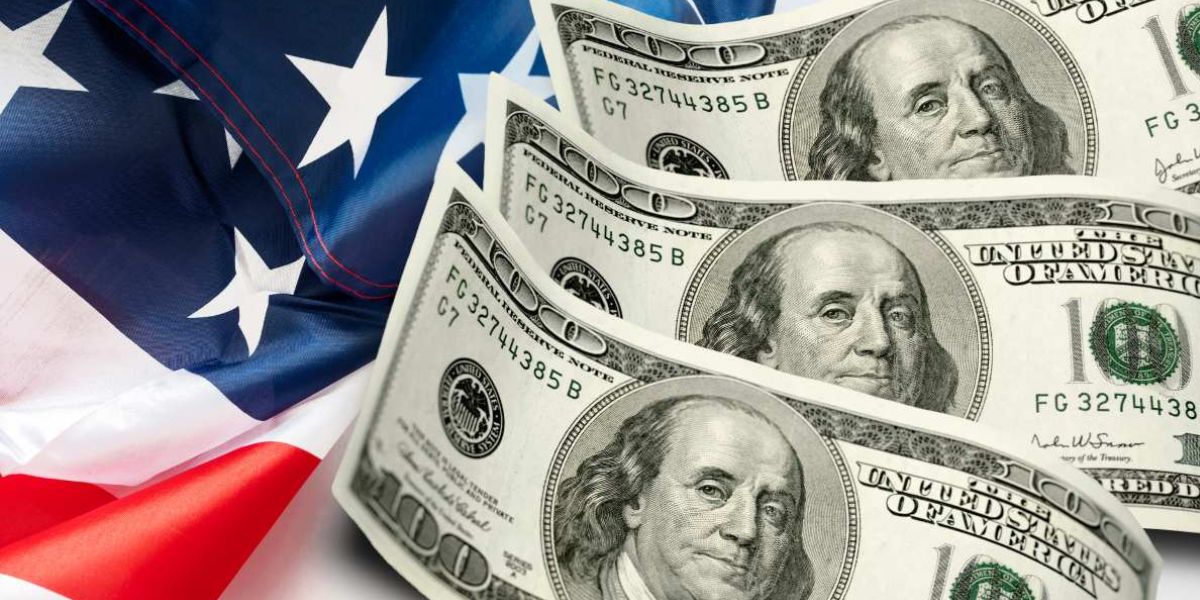For security reasons, the United States Transportation Security Administration (TSA) imposes some restrictions on the amount of liquids, aerosols, gels, creams, and pastes that passengers can bring in their carry-on bags and through the checkpoint. However, there are some exceptions to this rule.
According to the TSA website, passengers can bring a quart-size bag of liquids, aerosols, gels, lotions, and pastes in their carry-on luggage. Each of them is limited to travel-sized containers weighing 3.4 ounces (100 millilitres) or less. Any objects in containers greater than this can only be checked as baggage.
The 3-1-1 liquid rule
The Transportation Security Administration (TSA) has implemented the 3-1-1 rule for all passengers travelling within and departing the United States. Other countries throughout the world also impose this limit, known as the 100 millilitre rule. The rule is straightforward: 3 represents 3.4 ounces (or 100 millilitres) or less each item, 1 quart-sized bag, and 1 bag per passenger.
The 3-1-1 rule was implemented in 2006 to prohibit liquid explosives from being transported on planes following a foiled terrorist plot in which chemicals contained in drink bottles would have been used to bring down multiple transatlantic flights.
Full-size liquids allowed in carry-on baggage
According to the TSA, liquid goods packed in containers larger than 3.4 ounces (100 millilitres) are only permitted in checked baggage. However, the TSA has some exclusions for full-size liquids:
Prescription meds
Travellers are permitted to bring more medically required liquids, gels, and aerosols in reasonable quantities on their flights.
Overcounted meds
Non-prescribed medications are permitted if they are medically required. Contact lens solution is supplied.
Breast Milk and Formula
Breast milk and formula are classified as “medically necessary” by the TSA, and the infant is not required to be present for this exception.
Foods and drinks for babies and toddlers
Baby and toddler nourishments, together with breast milk and formula, are classified as “medically necessary”. Water for babies is also permitted in “reasonable quantities”:
Liquid teethers
The TSA recognised the value of liquid-filled teethers for babies and infants.
Ice, gel, and freezer packs
Cooling devices such as ice, gel, and freezer packs may be needed to keep any medically important things cool. Other medical equipment include IV bags, pumps, and syringes.
Fresh eggs
Fresh eggs can be transported in a carry-on bag, although they may need to be separated for inspection.
Live fish and coral in water
Live fish and coral are also permitted in carry-on baggage, but must be transported in transparent containers and thoroughly examined.
Biological Specimens
Non-infectious specimens in preservation solutions, such as formaldehyde or ethanol, can be transported for scientific investigation, but they must be very carefully packed.
Non-Spillable Batteries
The battery must have a voltage of 12 volts or less and a capacity of less than 100 watt hours.
Duty-free purchase items
Travellers may bring duty-free liquids in their carry-on bag in sealed, tamper-evident pouches containing more than 3.4 ounces (100 mL). These need to:
- Have been acquired overseas in the last 48 hours, with the traveller travelling to the United States on a connecting flight.
- Be packed in a visible, secure, and tamper-evident bag by the store.
Come with the original receipt
To travel with these allowed full-size liquids, passengers should notify TSA personnel at the checkpoint before the screening process and place them in a separate tray. It’s also worth noting that rules are continually changing. Hand sanitizer, for example, was given an exception during the COVID-19 pandemic but is now subject to limitations as well.
Is the TSA’s 3-1-1 regulation going away?
The TSA is attempting to make the airport security experience less onerous. New cutting-edge computerised tomography (CT) security scanners give three-dimensional scans of baggage contents, and more passengers may soon be able to leave gadgets and liquids in their bags rather than having to remove them for examination.
For the time being, liquids, gels, aerosols, creams, and pastes are still handled using the 3-1-1 system.



